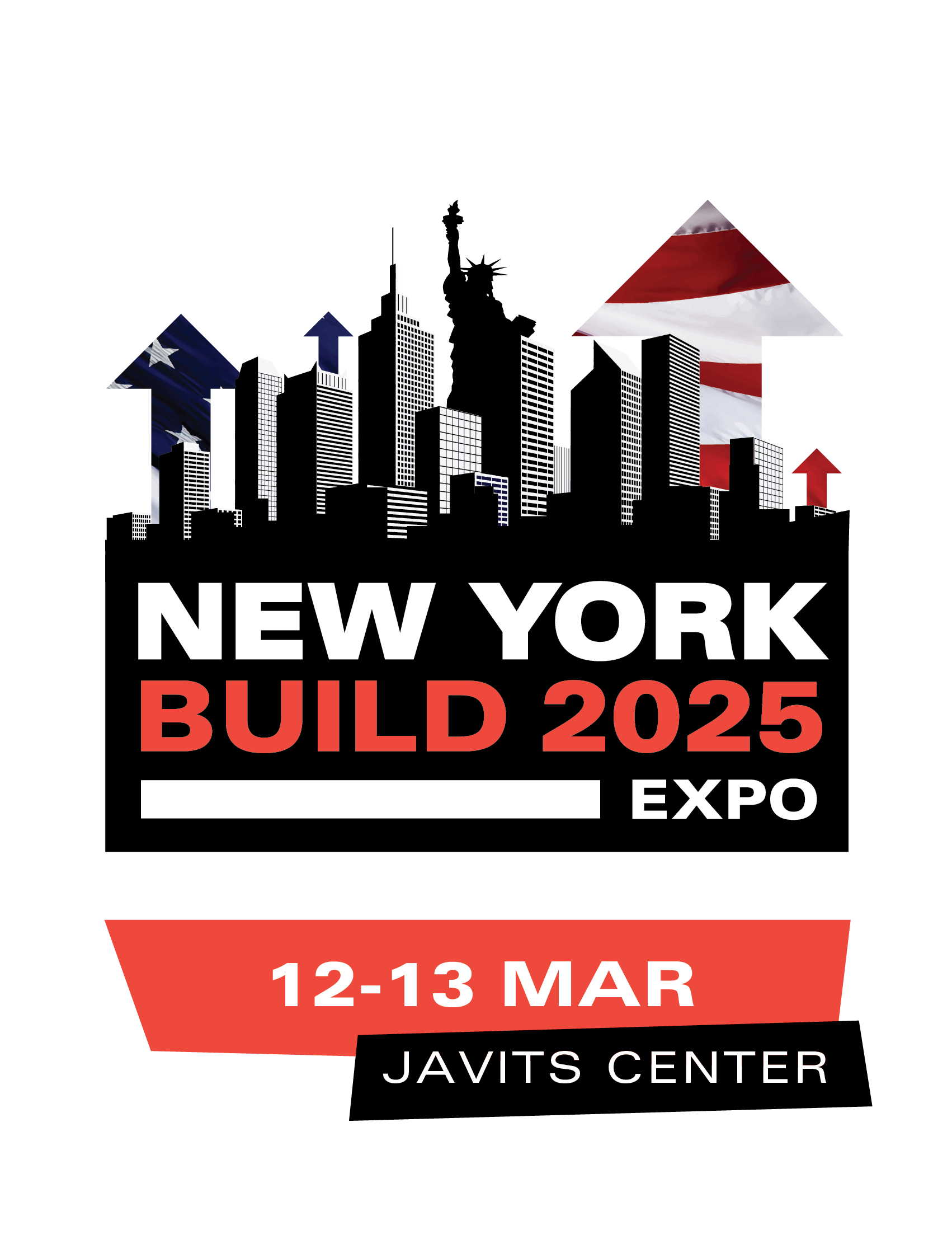De Blasio's Glass Skyscraper Ban: What Alternative Materials Could Take its Place?
)
Last April, Mayor Bill de Blasio of New York announced plans to introduce a bill that would ban the construction of new all-glass buildings. Part of a larger effort to reduce citywide greenhouse emissions by 30 percent, other initiatives included using clean energy to power city operations, mandatory organics recycling, and reducing single-use plastic and processed meat purchases. The announcement came on the heels of the city council passing the Climate Mobilization Act, a sweeping response to the Paris Climate Agreement that included required green roofs on new constructions and emissions reductions on existing buildings.
 © Bizzi & Partners
© Bizzi & Partners
De Blasio’s decision stems from the known energy inefficiency of all-glass facades, which have been compared to giant “greenhouses” and therefore require gargantuan amounts of air-conditioning to keep cool. With the International Energy Agency estimating that 40% of global CO2 emissions come from buildings and that air conditioning constitutes 14% of all energy use, reducing these numbers could have indelible effects.
 Rendering of the 73 meter tall wood building HAUT. Image Courtesy of Team V Architectuur
Rendering of the 73 meter tall wood building HAUT. Image Courtesy of Team V Architectuur
But what would replace the seemingly ubiquitous glass skyscraper, typically associated with huge steel and concrete structures? To start with, it’s unlikely that glass skyscrapers will be “banned” at all. Shortly after de Blasio’s startling announcement, the director of the Mayor’s Office of Sustainability, Mark Chambers, clarified that new buildings would, of course, still be able to use glass. What’s more likely is that de Blasio’s bill would impose more stringent requirements on glass use to ensure energy efficiency and low emissions. Existing glass structures have used various methods to reach these ends, ranging from triple glazing, to high tech heating and cooling systems, to the incorporation of static, mobile, or even responsive solar control, improving the overall performance of the building.
 Photo of Brock Commons Tallwood House under construction. Image Courtesy of naturallywood.com
Photo of Brock Commons Tallwood House under construction. Image Courtesy of naturallywood.com
Despite this clarification, restricting glass curtain wall use could still be a desirable direction to move toward. ArchDaily has covered the use of mass timber as a more sustainable high-rise construction material on multiple occasions, and de Blasio’s bill, whatever form it ultimately takes, could be a good opportunity to catalyze the evolution of skyscrapers, giving way to other predominant materials. The benefits of wood construction are innumerable, with the life-cycle emissions of wood constructions clocking in at 74% lower than those of steel buildings. A natural, renewable material, timber doesn’t only reduce greenhouse gas emissions but stores carbon through a process called carbon sequestration. It can also resist fire through a combination of heavy timber’s natural characteristics and fire-proofing procedures. Nor is wood necessarily weaker than more traditional materials such as steel or concrete – cross-laminated timber (CLT), for example, delivers the same structural strength as reinforced concrete, but is a highly flexible material and therefore even less likely to break. One cubic meter of CLT also weighs over six times lighter than a cubic meter of concrete, but displays the same level of resistance. With de Blasio’s upcoming bill imposing even heavier restrictions on glass-wrapped constructions, architects and developers should consider looking toward alternative building materials such as wood.
 Photo of the Wood Innovation Design Center. Image © Ema Peter
Photo of the Wood Innovation Design Center. Image © Ema Peter
Another option for designers hoping to abandon the glass-wrapped building typology but still maintain ample natural light is transparent concrete, alternatively called light-transmitting concrete. Produced by adding optical fibers into concrete mixture, transparent concrete allows natural light to continue filtering into a building even without any glass. A combination of reduced glass windows and transparent concrete walls would reduce cooling needs by limiting the greenhouse effect and decrease lighting needs by allowing in some natural light. Nonetheless, those considering construction with transparent concrete should remember that the carbon emissions and energy use in concrete production are much higher than that of timber and only nominally lower than that of steel.
 The translucent concrete panel 'i.light', developed by the company Italcementi was used on a large scale in the Italian pavilion of the Shanghai Expo 2010. Image © Daniele Mattioli / ANSA
The translucent concrete panel 'i.light', developed by the company Italcementi was used on a large scale in the Italian pavilion of the Shanghai Expo 2010. Image © Daniele Mattioli / ANSA
Important changes are being made in the way buildings are designed and constructed in New York, whether developers and architects are on board or not. But with the climate emergency remaining as urgent an issue as ever, designers should not only be coerced into sustainable practice but should embrace the responsibility they have to it. Replacing the predominance of curtain walls with alternative and more eco-friendly materials is a good way to start, and with de Blasio’s bill as a catalyst, it is possible for New York building practices to change for the better.
Read more at ArchDaily


)
)